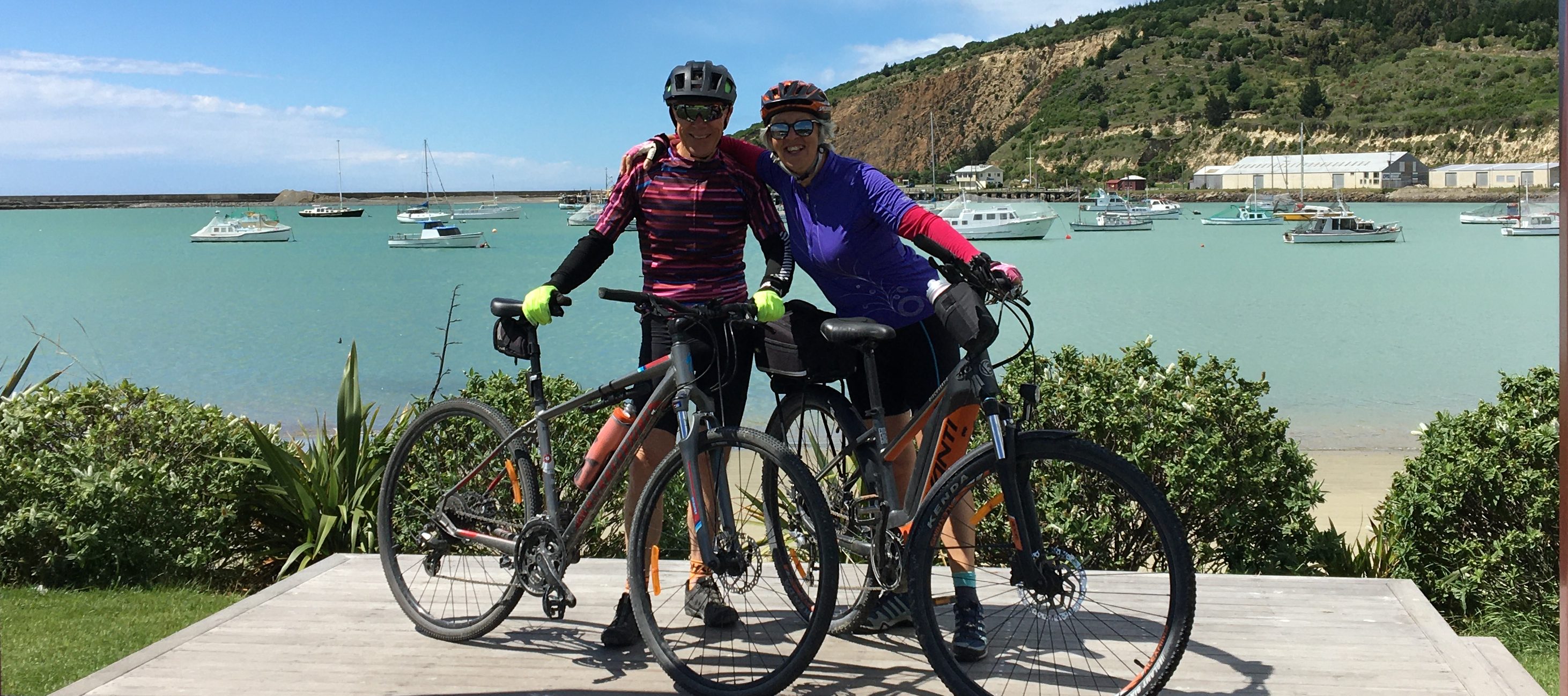Finding ourselves with six days to reach Barcelona for our flight to Nice, we planned a trip to take in various towns and sights on our “to see” list. First, we needed to drop our current rental car off in Alicante and pick up a one-way rental to Barcelona. We are finding that the major international companies give the best deals for one-way rentals (we are doing it again later in August too), but the local companies do excellent rates for the 3-4 weeks we need a car for in a region.
On our way, we stopped for a night in Cartagena with its ancient pre-Roman and Roman history, surprised at the number of recently discovered and restored archaeological sites. The Punic Wall remains (from 3rd century BC) had been preserved inside an up-to-date interpretation centre. We liked that many of the display boards were in English as well as Spanish, so it gave us a good insight into the Carthaginian/Phoenician history of this city. Next, we saw the ancient Roman theatre, uncovered by excavations in 1988 and so, relatively well-preserved from the ravages of time. Again, the Spanish have presented the relics with a museum entry outlining the discovery and history of the site, including a cathedral built over the remains. The restoration gives some idea of the scale of the original theatre in this outpost of the empire. We enjoyed wandering around modern-day Cartagena and also visited the National Museum of Underwater Archaeology to see some of the rich discoveries found in this area. It was a brief visit to this fascinating city, stopping off on our way north towards Barcelona.
Rental cars swapped over, we now headed to Valencia – a first visit here for us. We started with the obligatory cycle tour of the central city, seeing first the old town and fortified walls and cathedrals, before riding further out to the Arts & Science complex.
Our ride took us along a diverted riverbed, once planned to be a motorway, but now a green and lush park due to the groundswell of public opinion. Our cycle tour covered a lot of ground over the 3 hours, and again we appreciate it as one of the best ways to see around a town. The second day, we caught the metro again into the central city and spent a few hours wandering the old town, climbing bell towers and ancient walls. The bell tower of Torre de Miguelete cost us 2€ each to climb and it was a lot of climbing (I think it said 240 steps) catching glimpses of the city through small openings as you climbed higher and the tower grew narrower. The top afforded some great views over the city and, as we arrived just before midday, we also got to experience the large bell chiming the time! It wasn’t as bad as I thought, but still made the ears ring (literally!) We wandered through the market building, with numerous food stalls and smells and crowds of people, then to the Torres de Serranos, one of the city wall gates built in the 1300s, again climbing higher for views of the old town and the city beyond. Another interesting site we visited was the old silk exchange – learning that Valencians manufactured silk from the 1400s using their own silkworms.
Time now to experience some of the modern; we caught a bus down to the Arts and Science precinct with the intention of seeing the Aquarium, but learning it would be 29€ each, we decided that we had already seen enough aquatic museums and displays other places in the world and would save our pennies on this one. Instead, we caught another bus to the beach, paid out a very reasonable price to rent an umbrella and two loungers and spent the last of our afternoon there among the weekend crowds. The surf here was a little more vigorous than we had seen previously, and poor Chris ended up getting caught by a wave that knocked his prescription sunnies into the water. Anyone who wears glasses know that once you aren’t wearing your glasses, it’s (not) fun trying to find them and, in the surf, it was impossible.
On the road again, we headed inland towards Zaragoza. The roads again were flat, and from time to time a Mudéjar symbol appeared under bridges or as artwork on the side of the road. We like the way that the Spanish often adorn the intersections or roundabouts with artwork usually in the form of statuary, it adds interest to the journey.
Zaragoza is inland from Valencia and Barcelona, on a river, with Moorish and gothic influences in the architecture. We wandered the streets trying in vain to avoid the afternoon heat to take in the sights. The baroque Nuestra Señora del Pilar basilica dominated the landscape and was a sight to behold with its domes and spires. Again, there were bathhouses and Roman amphitheatres restored and displayed.
We enjoyed this brief foray north, before driving back to Barcelona in preparation for our flight to France.























You are really getting around now arent you? Valencia is a beautiful part of the world, so pleased that your stay in Spain is going so well.
LikeLike
Yes, the plan was to get around, and we are taking every opportunity to get to places known and unknown in Spain, it’s a great place to explore. 👍
LikeLiked by 1 person